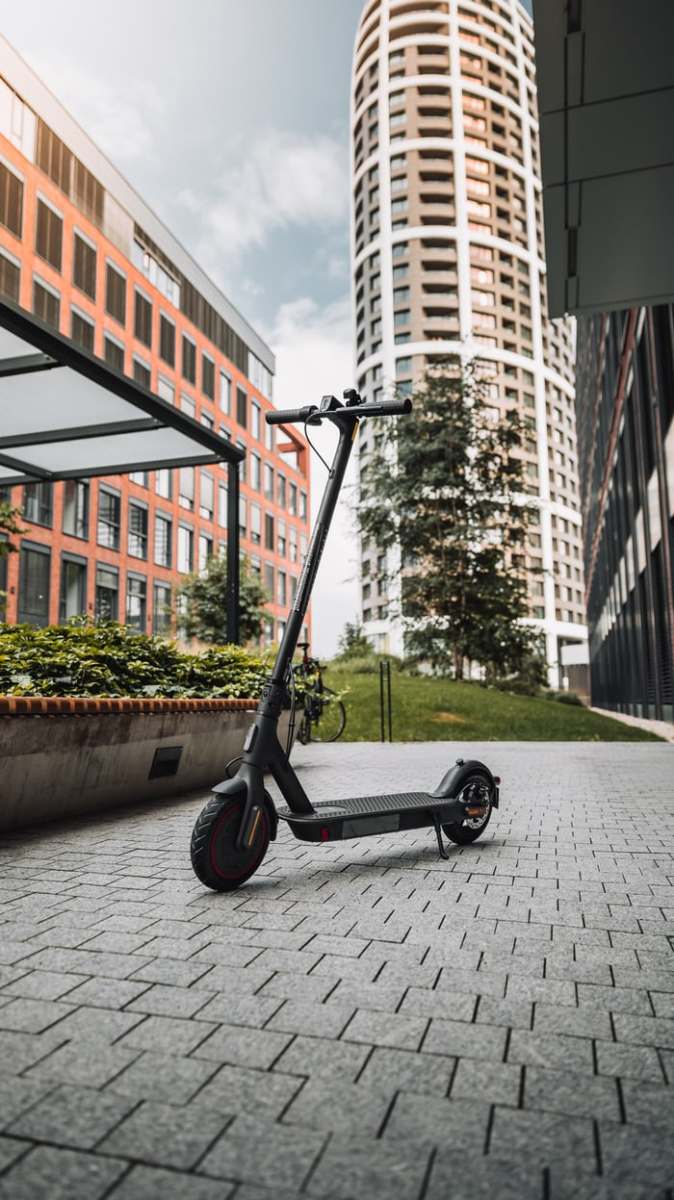If your electric scooter suddenly stops working, shows strange error codes, or won’t power on, a quick reset might fix it. But not all resets are the same.
There are two main types: a soft reset and a hard reset. Knowing which one to use can make a significant difference. A soft reset is a quick system refresh, while a hard reset restores your scooter to factory settings.
In this guide, you’ll learn the key differences between them, when to use each one, and how to safely perform a reset without harming your scooter’s controller or firmware.
What Is a Soft Reset?
A soft reset restarts your scooter’s system without erasing any data or settings. It’s like rebooting your phone; it clears temporary glitches and refreshes the system so your scooter runs smoothly again.
You can perform a soft reset when your scooter feels sluggish, the display freezes, or it won’t connect to Bluetooth. It helps fix minor issues like speed display errors, throttle lag, or app disconnections without affecting your ride settings or mileage history.
To perform a soft reset, turn off your scooter, wait a few seconds, and power it back on. Some models let you hold the power button for about 10 seconds to trigger a restart. This simple step often brings your scooter back to normal.
If your scooter still won’t respond, check out this complete reset guide for brand-specific instructions and troubleshooting tips.
Soft resets are safe to do anytime and are usually your first step before trying anything more advanced. They fix most small problems and take less than a minute to perform.
What Is a Hard Reset?
A hard reset restores your scooter to its original factory settings, erasing all stored data, settings, and error codes. It’s a deeper reset used when a soft reset doesn’t solve the problem.
This method is helpful when your scooter won’t turn on, shows persistent controller errors, or behaves abnormally even after charging or rebooting. A hard reset clears corrupted data and resets the internal software, allowing the scooter’s system to start fresh.
However, it should be done carefully. Unlike a soft reset, a hard reset may remove your speed settings, trip history, and app connections. Always check your manual before doing it, since each brand may have a different process; for example, some require holding both the brake and throttle while powering on.
A hard reset is best used as a last resort when you’ve ruled out other quick fixes. Done correctly, it can bring an unresponsive scooter back to life, but using it too often might reduce the controller’s lifespan.
Key Differences Between Soft and Hard Resets
A soft reset simply restarts your scooter’s system to clear small errors, while a hard reset wipes all data and restores factory settings to fix deeper issues. The main difference is that a soft reset is safe for everyday use, but a hard reset should only be done when your scooter still won’t work after basic troubleshooting.
Here’s a quick comparison to help you understand how each one works:
| Feature | Soft Reset | Hard Reset |
| Purpose | Refreshes system memory | Restores factory settings |
| Data Loss | None | Yes, all settings are erased |
| When to Use | Fixes minor glitches like display or Bluetooth issues | Fixes major errors like controller faults or firmware bugs |
| Risk Level | Safe for daily troubleshooting | Should be done carefully |
| Time Needed | Under a minute | Usually takes a few minutes |
| Best For | Quick fixes and app reconnection | Persistent power or throttle problems |
While both resets help your scooter recover, each plays a very different role in maintenance. Let’s look more closely at what sets them apart in practice.
Level of Impact on Your Scooter
A soft reset only affects your scooter’s temporary system data. It refreshes how your scooter communicates internally, clearing minor lag, display freezes, or slow response times. It’s non-destructive and ideal for quick fixes.
A hard reset, however, resets everything to its original condition. It clears error codes, stored preferences, and sometimes even firmware-related settings.
Think of it as a complete system reboot. If your scooter’s power system or controls seem completely unresponsive, a hard reset may be the step that restores full functionality.
When Each Reset Type Is Most Useful
You’ll use a soft reset for small, everyday issues, like when your display stops showing speed, your scooter suddenly disconnects from its mobile app, or the throttle lags. It’s fast, safe, and requires no tools.
Hard resets are for bigger problems, such as when your scooter won’t start even after charging or keeps showing the same error code. These problems often come from software corruption or faulty controller signals.
In some cases, you might also need to reset the controller itself to restore normal performance.
Risk and Recovery Considerations
Soft resets carry almost no risk. You can perform them anytime your scooter misbehaves, and you’ll never lose saved settings or speed modes.
Hard resets, however, should be used with caution. Repeatedly resetting your scooter to factory settings can wear down the controller or cause calibration issues if not done correctly.
Always check your user manual or the brand’s support page before performing one. After a hard reset, you may need to reconfigure your scooter’s app, speed limits, and ride preferences.
Which One Should You Try First?
Always start with a soft reset. It’s the safest and simplest way to fix most small issues. Only move to a hard reset when you’ve tried all other steps, including checking the battery, charger, and controller connections, and the scooter still won’t respond.
If your scooter continues to act up after both resets, it’s likely a hardware problem, and getting professional help or replacing the controller may be necessary.
When to Use Each Type
Knowing when to perform each reset can save time and prevent unnecessary repairs. A soft reset works best for small issues, while a hard reset should be reserved for serious malfunctions that don’t respond to normal fixes.
Use a Soft Reset When:
- Your scooter’s display freezes or shows the wrong speed.
- Bluetooth or app connection stops working suddenly.
- The throttle feels delayed or unresponsive.
- Error codes appear once or twice but disappear after a restart.
- You’ve updated the app and need to refresh the scooter’s link.
Use a Hard Reset When:
- The scooter won’t turn on even with a full battery.
- Persistent error codes or warning lights keep coming back.
- The controller or motor cuts off during rides.
- You’ve replaced major parts, such as the display or battery, and settings are misaligned.
- A soft reset and basic troubleshooting haven’t solved the issue.
Conclusion
A soft reset and a hard reset serve different purposes, but both can help restore your electric scooter’s performance.
A soft reset is your go-to fix for minor bugs, like frozen screens or Bluetooth errors, because it restarts the system without losing data.
A hard reset, on the other hand, completely restores factory settings and clears deeper software problems when nothing else works.
In short, always start simple. Try a soft reset first to refresh the system, and only move to a hard reset if your scooter still won’t respond. Understanding how and when to use each one keeps your scooter running smoothly and helps prevent long-term controller or firmware issues.


